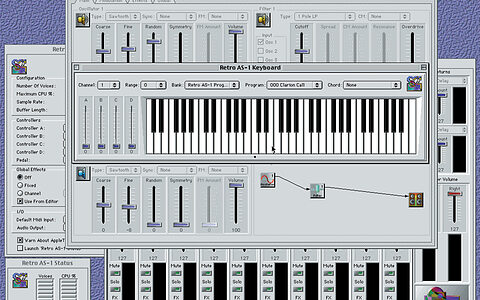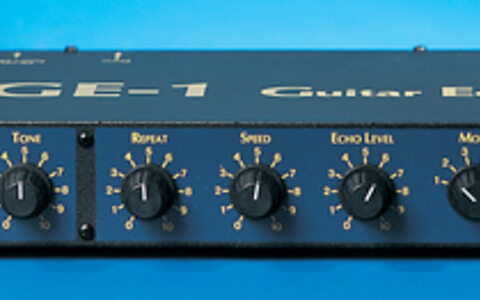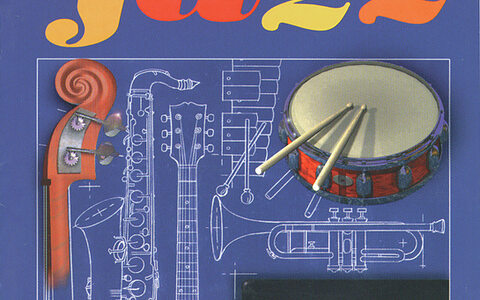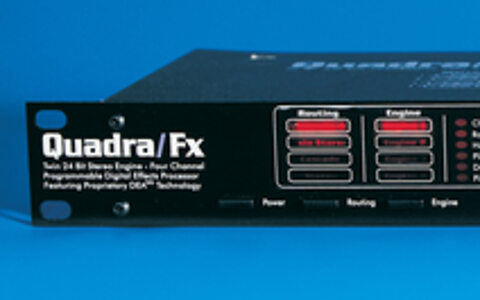
Creative Sequencer Tips, Part 1
Your computer sequencer can do bewitching things with simple ingredients, creating the impression that you're a musical wizard even if you're just a one-finger pianist. Nicholas Rowland works some MIDI magic...
To find the exact phrase, put the words in quotes or join them together with a plus sign e.g. live+recording or "live recording".
To find, say, all live recording articles that mention Avid, enter: live+recording +avid - and use sidebar filters to narrow down searches further.

Your computer sequencer can do bewitching things with simple ingredients, creating the impression that you're a musical wizard even if you're just a one-finger pianist. Nicholas Rowland works some MIDI magic...

Following on from last month's look at the advantages and pitfalls of analogue and digital tape, and hardware tapeless recorders, Paul White turns his attention to the ways in which computers can be used in audio recording.

In the fourth instalment of our series on the techniques and technology behind digital audio Hugh Robjohns looks at digital tape recording formats.

To get the maximum quality from audio sample CDs, you need to transfer the sound data to your PC in the digital domain. Martin Walker explains why the process isn't always as easy as you might expect.

Just when you thought you'd got your cholesterol down, it's nothing but chips again. MARTIN WALKER wades through the new CPU options, and uninstalls some more software.

Hardware development is still going for Atari computers: now STe users can buy a new processor accelerator that brings faster operation and internal hard drive to STe computers, for relatively modest cost. Derek Johnson feels the need for speed...

In his second article on acoustic treatment, Paul White tackles the absorbing subject of acoustic traps.


Getting your studio organised doesn't necessarily mean investing in expensive studio furniture or being a DIY whizz. Derek Johnson & Debbie Poyser explain how they made the most of their space, and pass on some hints and tips for a tidier life.

Though you might not realise it, the audio industry has employed data reduction strategies since the earliest days of digital systems. Hugh Robjohns explains the concepts and explodes some myths.

Paul White takes a trip back in time to a place where old technology is being used to emulate even older technology.

As studio systems become more complex, analogue signal degradation caused by poor signal connections becomes a serious problem...

Last month, Paul Wiffen looked at how virtual synthesis can emulate analogue synths whilst going beyond their hardware-based limitation. Now he looks at its applications for imitating and exceeding older instruments such as electric piano and organ.

Boundary Effect microphones have been around for some time now, and the standard PZMs (Pressure Zone Microphones) use piezo...

As CD‑writers become more popular, so the need to label one‑off CDs more professionally grows, and a number of...

Arboretum's latest Hyperprism suite of effects and processors offer no less than 29 modules, at an average price of less than £10 each. Janet Harniman-Cook gets plugged in.

Keyfax's Twiddly Bits soundware has a very respectable track record in the market of producing MIDI files for general...

Paul White takes a turn on a hardware controller box which allows knobularly-challenged GS and XG synths and soundcards to join the rotary club.

In 1995, Yamaha's Promix 01 smashed everyone's preconceptions of how much a digital mixer should cost. Now the new 01V is changing the rules again, offering features more akin to those of the three-grand 03D than the Promix 01 — and it cost £500 less than the Promix did when launched!

ART have been championing the cause of musicians on a budget for years with their great value multi-effects units. We check out their latest effort, offering true 4-in, 4-out capabilities for under £300.